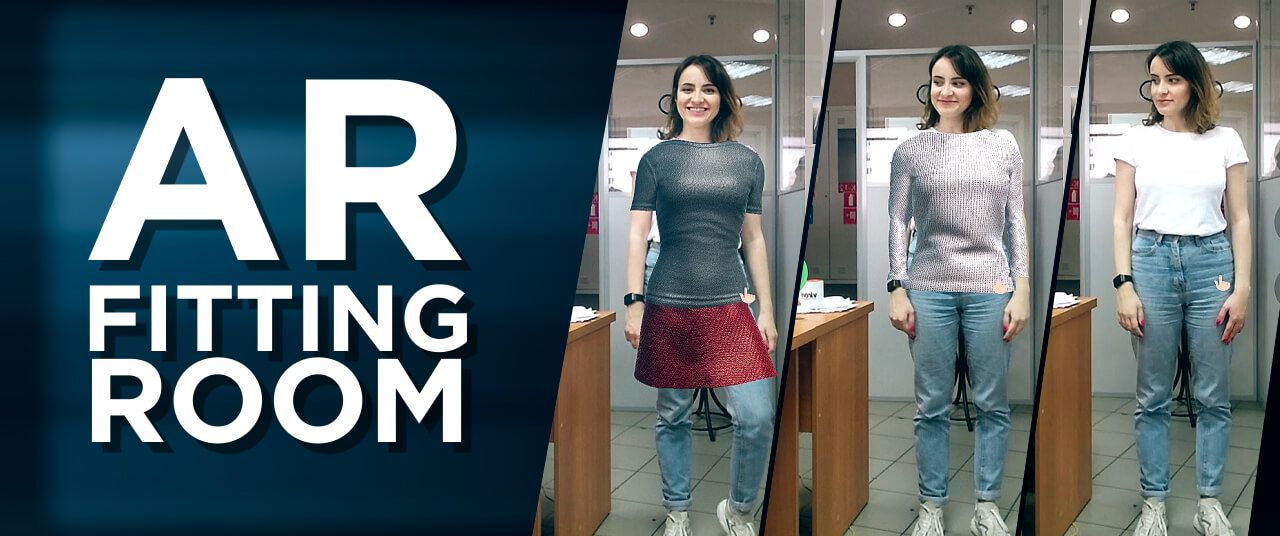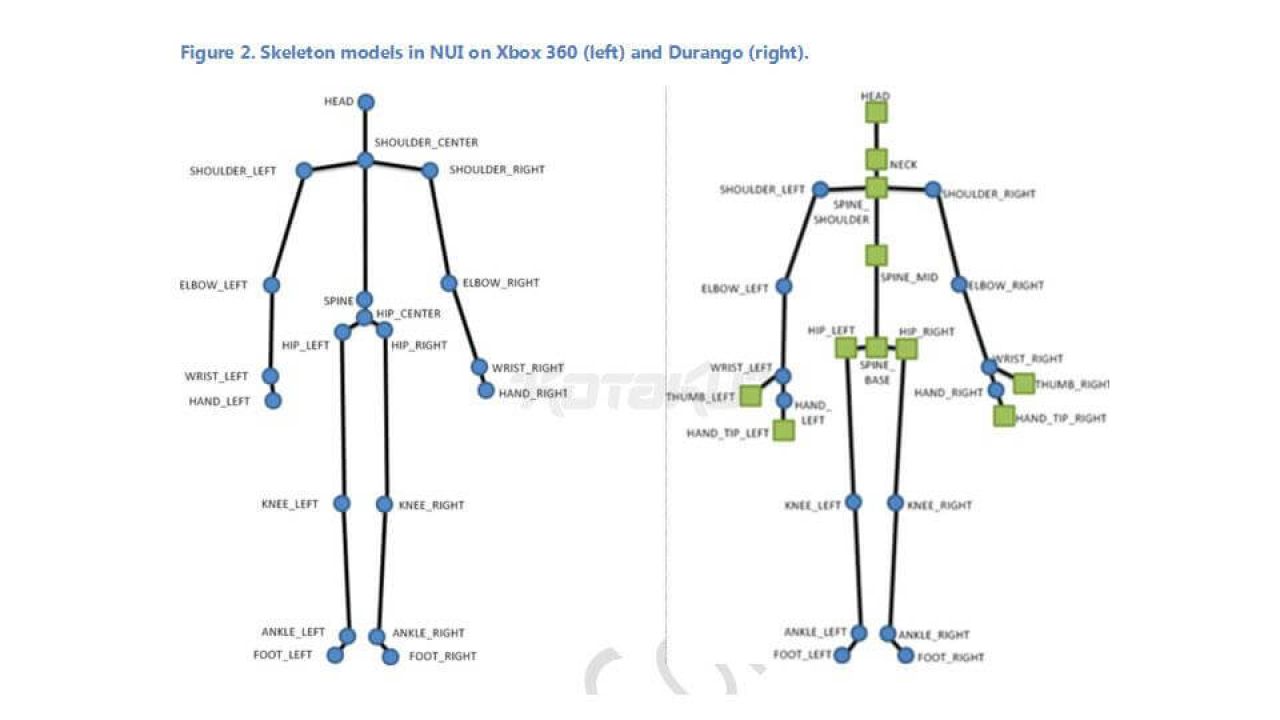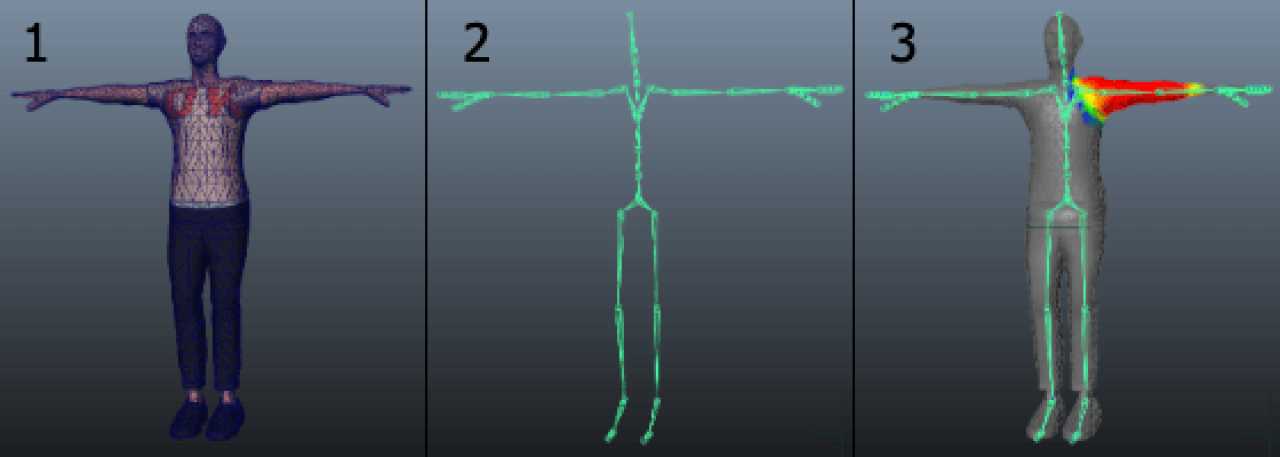Virtual Fitting Rooms for E-Commerce: How to Increase Your Online Store Sales

Even though your customers may be excited to try on some clothes at your store, they will not hesitate to put their selected items back on the rack if they see that fitting room lines are too long.
So, it may be tricky to improve the client experience and boost the volume of sales. But implementing a virtual fitting room will solve this issue problem. A virtual fitting room lets your customers try on clothes right away and decide what they like the most.
In this article, you will find how to increase your online store sales by adopting AR mirrors and virtual fitting rooms.
What is a Virtual Fitting Room?
A virtual fitting room is a real-time solution that allows customers to pick out clothing and try it on virtually. The AR fitting room is built on the most sophisticated technologies: augmented reality and Microsoft Kinect. Kinect offers great image recognition and 3D modeling; all customers have to do is stand in front of the unit and wave. Kinect then superimposes images of the desired clothes onto the user’s on-screen body.

Improved Skeleton – Durango Next-Generation Kinect Sensor

Stages for preparing a character (modeling, rigging, and skinning)
Take a look at the video below to see how the AR Fitting Room app works.
Companies Investing in Virtual Fitting Rooms
Gap’s DressingRoom app permits users to try on clothes before purchasing them. Customers pick a look that they might be interested in buying. Then they choose the appropriate body type. They can try on the garment from anywhere on a Google Tango–enabled device and buy it online.
Converse launched a native iOS AR app called The Sampler. It allows users to virtually try on shoes and buy them directly via the app.
Likewise, the ARWatch app lets users visualize different Apple Watch models. Tapping the screen, a customer can cycle through different watch case and band color combinations.
Advantages of Using Virtual Fitting Rooms for Businesses
Below are some of the main benefits companies in the e-commerce field can gain by implementing virtual fitting rooms.
Increase Time Spent in the Store
According to Brafton’s survey, the average time that new visitors spend on a site is 2 minutes 17 seconds; 5 minutes 31 seconds is the mean time for returning visitors. Customers interacting with the AR model of a product spend up to 5 times longer browsing than others.
Engage Customers Better
Based on AR technology, a virtual mirror room enhances client engagement due to the rate of user experience. This results in a better return on marketing strategies.
Reduce Product Returns Rate
A virtual in-store fitting room allows companies to significantly increase their online conversion rate and reduce the rate of product returns. It provides quick access to information about items in the store, available models, and sizes. Customers may also receive a recommendation for a related product that they like even better. Interactive technologies allow customers to make more informed decisions.
Boost Sales and Maximize Loyalty
Using an AR fitting room will lead to a lower product returns rate as customers can be confident with their choice after a fitting. This will increase product views and improve brand loyalty. Additionally, follow-up emails listing items from shoppers’ digital wardrobes, combined with personalized offers, will continue to increase conversions even after the purchase by redirecting customers to an online store.
How Much Does It Cost to Create a Virtual Fitting Room?
As virtual fitting room developers, we recommend starting with an MVP development. Please note that the expense attached to the implementation of a feature corresponds to how advanced it is.
The cost of product development varies with region, and hourly rates range from $30to $300. Our analysts have made a rough project estimation; the table below gives the approximate time required for creating an e-commerce virtual fitting room.
Tech Stack
To create and implement a fitting room, our developers have used the following technical stack:
- Microsoft Kinect SDK
- Unity
- Shader graph
It should be noted, that online shoppers would pick out and buy outfits when it’s most convenient for them and without the hassle of trying clothes on in a store. In this way, integrating a virtual fitting room can help your business reduce returns while increasing revenue.
If you would like to adopt a virtual fitting room technology for your e-commerce business, fill out the contact form and one of our consultants will get in touch with you within 24 hours.




